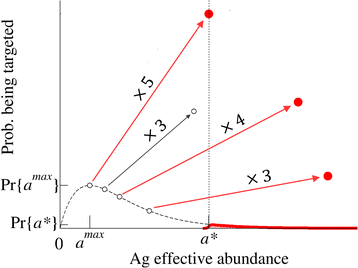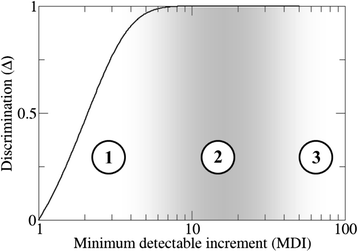Autoimmunity and tumor immunology: two facets of a probabilistic immune system
- PMID: 25385554
- PMCID: PMC4236429
- DOI: 10.1186/s12918-014-0120-4
Autoimmunity and tumor immunology: two facets of a probabilistic immune system
Abstract
Background: The immune system of vertebrates has evolved the ability to mount highly elaborate responses to a broad range of pathogen-driven threats. Accordingly, it is quite a challenge to understand how a primitive adaptive immune system that probably lacked much of its present complexity could provide its bearers with significant evolutionary advantage, and therefore, continue to be selected for.
Results: We have developed a very simple model of the immune system that captures the probabilistic communication between its innate and adaptive components. Probabilistic communication arises specifically from the fact that antigen presenting cells collect and present a range of antigens from which the adaptive immune system must (probabilistically) identify its target. Our results show that although some degree of self-reactivity in the immune repertoire is unavoidable, the system is generally able to correctly target pathogens rather than self-antigens. Particular circumstances that impair correct targeting and that may lead to infection-induced autoimmunity can be predicted within this framework. Notably, the probabilistic immune system exhibits the remarkable ability to detect sudden increases in the abundance of rare self-antigens, which represents a first step towards developing anti-tumoral responses.
Conclusion: A simple probabilistic model of the communication between the innate and adaptive immune system provides a robust immune response, including targeting tumors, but at the price of being at risk of developing autoimmunity.
Figures




References
Publication types
MeSH terms
LinkOut - more resources
Full Text Sources
Other Literature Sources

